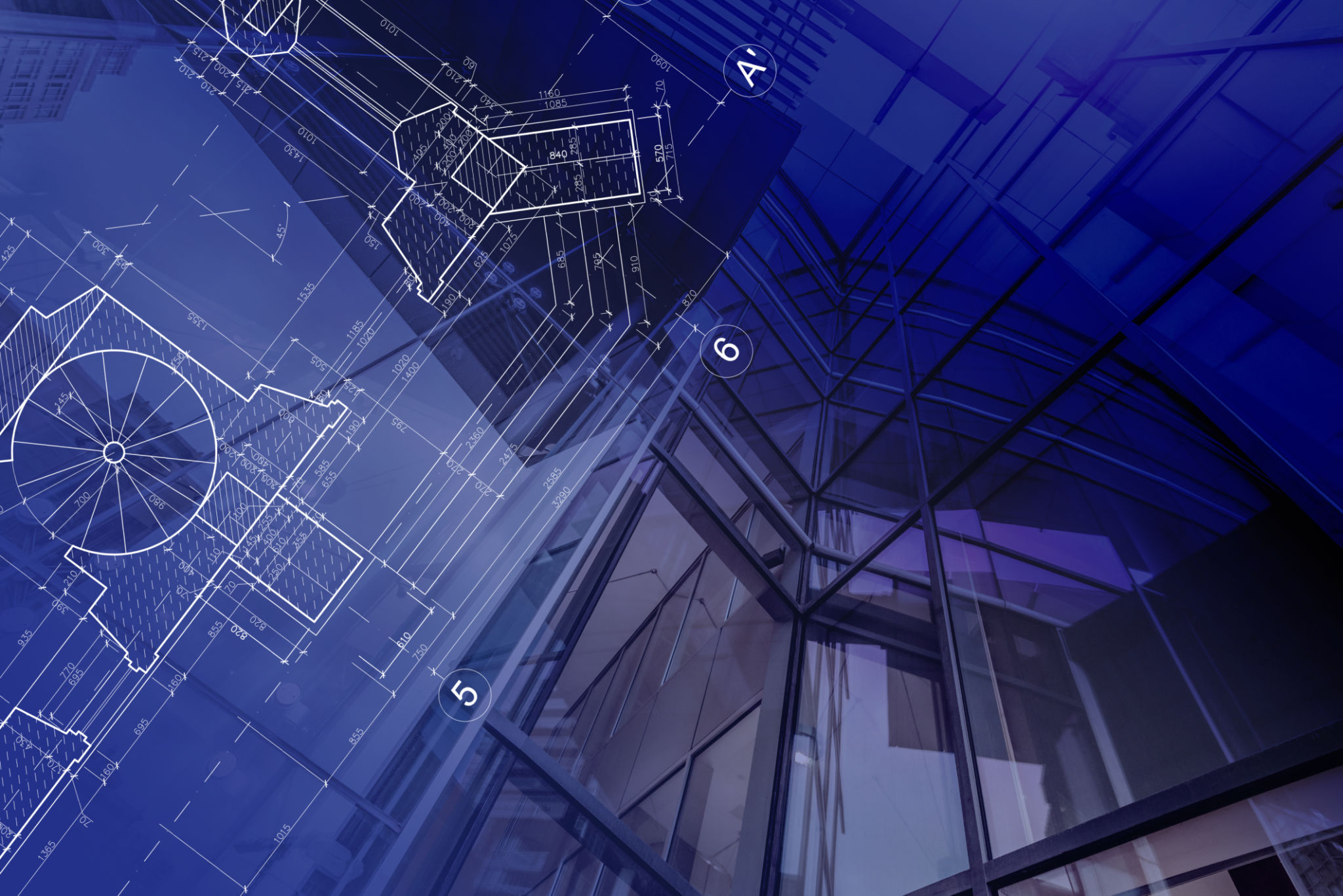Custom 3D Glass vs. Traditional Glass: Which is Right for You?
Understanding Custom 3D Glass
Custom 3D glass is a revolutionary material that has transformed the way we think about glass design. Unlike traditional glass, 3D glass can be customized to meet exact specifications, making it ideal for a variety of applications from architectural innovations to intricate art pieces. This versatility is made possible through advanced manufacturing techniques that allow for precise control over the glass's shape and texture.
One of the main advantages of custom 3D glass is its ability to create unique visual effects. Designers and architects can experiment with different styles and textures to achieve a truly personalized look. This makes 3D glass an excellent choice for projects that require a distinctive aesthetic touch.

The Benefits of Traditional Glass
Despite the innovative appeal of custom 3D glass, traditional glass remains a staple in many applications due to its proven reliability and cost-effectiveness. Traditional glass is well-suited for everyday uses such as windows, doors, and basic decorative elements. It provides a clean, classic look that complements any style.
Traditional glass is also widely available and tends to be more affordable than custom 3D options. Its simplicity and ease of installation make it a practical choice for projects with budget constraints or straightforward design requirements.

Comparing Durability and Maintenance
When it comes to durability, both custom 3D glass and traditional glass have their own strengths. Custom 3D glass often undergoes additional treatments during production, which can enhance its strength and resistance to impacts. This makes it suitable for high-traffic areas or environments where durability is a priority.
On the other hand, traditional glass may require less maintenance over time, especially if used in low-impact settings. Its straightforward nature means there are fewer elements that can potentially wear down or require special care.

Cost Considerations
The cost of custom 3D glass can be significantly higher than traditional glass due to the specialized manufacturing processes involved. However, the investment may be justified by the uniqueness and enhanced properties of 3D glass, particularly in high-end projects where differentiation is key.
- Custom 3D Glass: Higher initial cost, unique designs, enhanced properties.
- Traditional Glass: Lower cost, classic appearance, widely available.
Making the Right Choice for Your Project
Choosing between custom 3D glass and traditional glass depends largely on your specific needs and priorities. If your project demands a unique visual appeal or specific performance characteristics, custom 3D glass could be the ideal solution. However, if budget constraints or a classic design are your primary concerns, traditional glass remains a reliable choice.
Ultimately, both types of glass have their own merits and can be used effectively in various applications. By considering factors such as design requirements, budget, and durability needs, you can make an informed decision that best suits your project goals.
